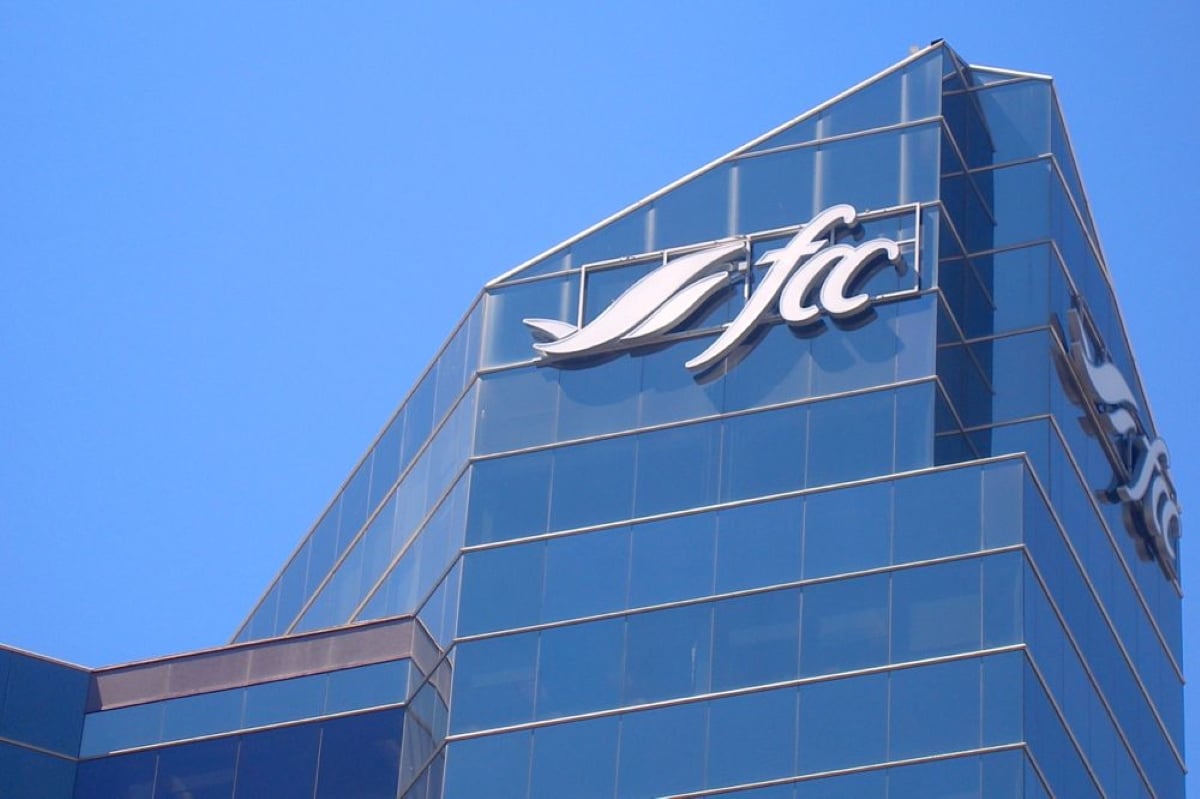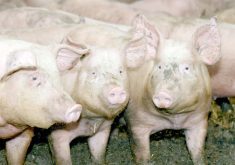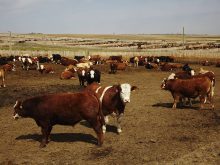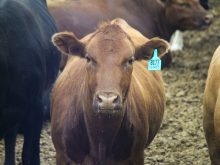AIRDRIE, Alta. – When Norman Storch’s children go out to milk, they don’t worry about getting a stinging slap in the face from a wayward cow’s tail.
Instead, they work with quiet sheep that stand patiently in a parlor waiting their turn.
For the last year, Norman and Leona Storch, of Hanna, in east-central Alberta, have milked sheep and shipped the product to a processor in Didsbury, about 50 kilometres north of Calgary.
“This is not get rich quick. A sheep dairy is a lot of work,” said Storch at a recent seminar for farmers interested in this new industry.
Read Also

Lending policy still focused on primary producers: Farm Credit Canada
Farm Credit Canada said it has not changed its business practices and remains committed to supporting all producers, after a report from an Ottawa-based media outlet claimed otherwise.
“It would be very difficult at this point to suggest that it would be possible to set up a sheep dairy and make money at it,” he said.
At Spruce View, Alta., near Red Deer, Peter and Christiane Welkerling have operated a licensed sheep dairy and processing company since 1994.
While the Storchs ship their milk out for processing, at Welkering’s Shepherd Gourmet Dairy, everything is done on site.
“You have to approach this as a dairy farmer, not a sheep farmer,” said Welkerling.
Money in milk
The Storches got into the sheep milking business after they closed out their chicken operation four years ago and had 20,000 sq. feet of unused barn space. The barns weren’t strong enough to support cattle so the Storchs investigated sheep. Wool and lamb prices are too variable, but milk seemed to have potential.
They raise East Friesian, a tame white dairy breed from Europe with a heavy coat of wool that must be sheared.
Storch keeps the sheep in lots rather than on pasture. They receive barley, as well as silage made from green barley and oats. The Storches milked 35 sheep this year and plan to have 80 next year.
At milking time the sheep walk up a ramp and stand at a 45 degree angle waiting to be hooked to milking machines.
“Once we learned what to do, the sheep are very trainable,” said Storch.
Compared to some other new livestock endeavors, the sheep industry has a good support network. There is abundant feed, good climate and dairy experience as well as qualified sheep specialists.
“We’re not branching out into something that is totally foreign to us. All we have to do is tweak the systems along the way to make the sheep fit into the system as opposed to starting something totally new and different,” said Storch.
Welkerling began his farm with six sheep that he milked by hand and his wife once made cheese in the kitchen. In 1994, they got a licence after building a more efficient processing plant on the farm.
Annual processing capacity is 40,000 litres.
They make flavored feta cheeses, brie, yogurt and have experimented with several hard cheeses. They have distributors in Calgary and Edmonton where the cheeses are sold to restaurants and grocery stores.
To build a quality flock, the Welkerlings imported East Friesian semen and embryos from Europe. Welkerling will breed 135 ewes this year.
He runs his sheep on pasture to keep feed costs down. Lambs stay with their mothers for 35-40 days before the ewes are turned into the milking parlor.
Milking season lasts about 200 days.
Sheep milk is higher in fat, protein and calcium compared to cow’s milk. It is also more easily digested by people who are lactose intolerant because the fat molecules are half the size of those produced by cows or goats.
There are about 5,000 sheep being milked in the United States and about 20 people in Canada are trying it. There are four sheep dairies in Alberta.















